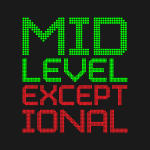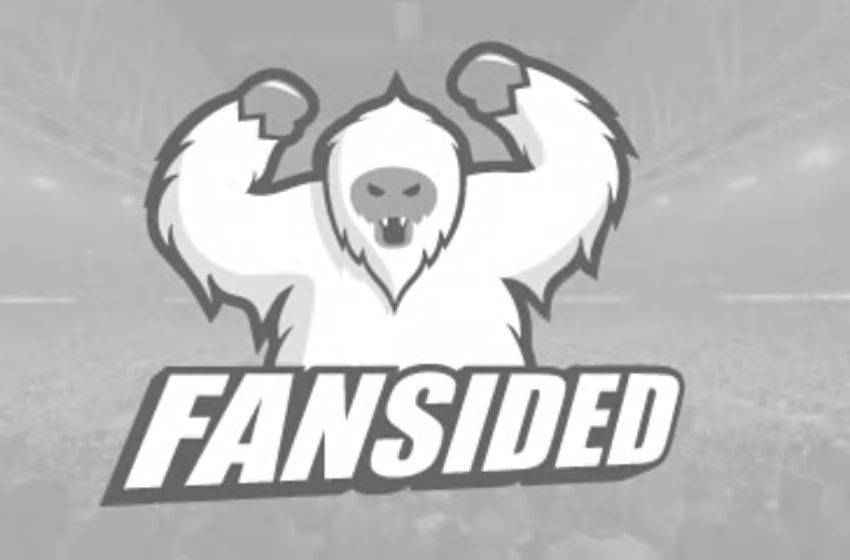Explaining the Designated Player Rookie Extension
Feb 19, 2014; Minneapolis, MN, USA; Indiana Pacers forward Paul George (24) shoots over Minnesota Timberwolves forward Kevin Love (42) during the third quarter at Target Center. The Timberwolves defeated the Pacers 104-91. Mandatory Credit: Brace Hemmelgarn-USA TODAY Sports
One of the more interesting wrinkles in the current Collective Bargaining Agreement comes in the form of the Designated Player because of the ways it can affect how young teams are assembled and retained.
What Article I, Section 1 (p) of the CBA actually specifies is how a team can extend a player on a Rookie Scale Contract (meaning a first round pick) for six seasons at his full maximum salary with 7.5% annual raises but can only have a maximum of one player they signed with those constraints and/or one signed by another team as their Designated Player.
If the six year part of it sounds surprising, it comes from the fact that the remaining years on a contract at the time it gets extended count as years on an extension too. Incidentally, this same fact explains the main reason why veterans are rarely signing extensions under the current CBA: a veteran extension can be no longer than four years counting the same way (so three additional seasons). A six year Designated Player Rookie Extension adds five seasons plus the one still left to play out.
Additionally, remember that the Designated Player Rookie Extension has to be an extension, meaning it must be agreed to by October 31 of that player’s final season on his four year rookie scale contract. Since guys like Greg Monroe and Gordon Hayward finished out their rookie deals without agreeing to an extension, they can be signed to five year contracts by their current teams as full Bird free agents without the limitations discussed above. That also means they do not count as Designated Players for their current teams or any others.
The most notable negotiation I know of surrounding the Designated Player came shortly after the lockout when the Timberwolves were trying to lock up Kevin Love. For whatever reason, the Wolves were reluctant to use their Designated Player slot on Love and reportedly his frustration with that led to the extension for three additional years with a player option they ended up agreeing to.
A few more things to remember about the Designated Player:
The rule of having one Designated Player signed by your team at a time also means that trading that individual opens that spot back up again. The limitation comes not from signing a player to the extension but by having the player signed to that extension on the books at that point in time.
It only applies when that player is on that contract. When Russell Westbrook, Blake Griffin, and the rest (full list in Larry Coon’s CBA FAQ) finish their current deals, their teams can sign another player to a Designated Player Rookie Extension even if they stick around.
The Designated Player must sign for at least 25% of the cap, which is the standard maximum for players with that level of experience. Thanks to what we commonly call the “Derrick Rose Rule,” players who make at least two All-NBA teams (first, second, or third team), are voted to start at least two All-Star Games, or win the regular season MVP are eligible for up to 30% of the cap at that point and teams have some wiggle room in those situations. That came into play with Paul George’s extension last year- he took a player option on the final year of the extension but will jump only to 27% of the cap instead of 30% despite qualifying for it by making an All-NBA team again. This also makes the possibility of Minnesota saving the Designated Player slot for Ricky Rubio even funnier now because it would be a poor decision to give Rubio his full maximum this summer since he is eligible for it now.
If you have any questions on Designated Players or Designated Player Rookie Extensions, feel free to ask me on Twitter.


